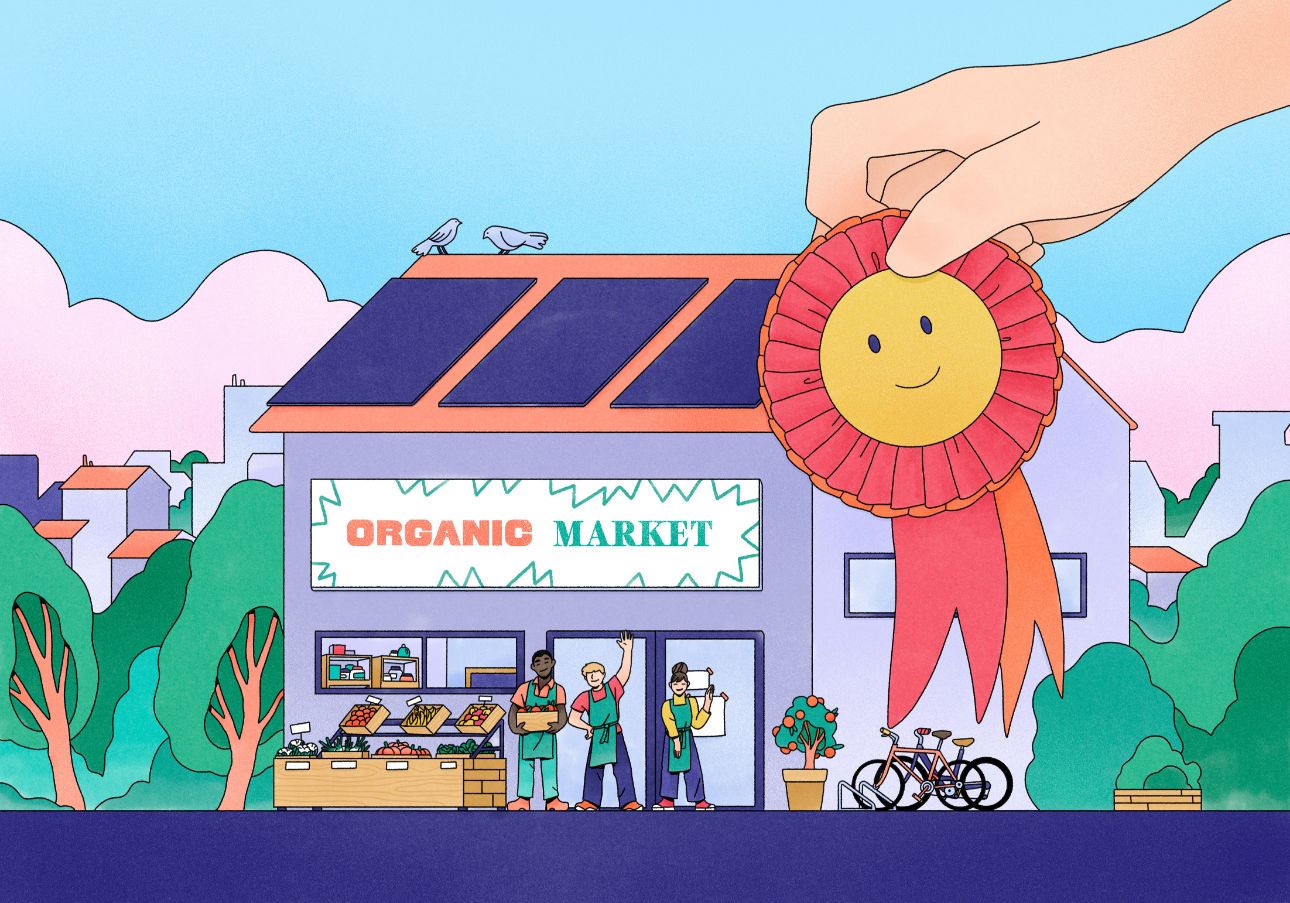Art and tactical urbanism transform grey spaces into vibrant meeting places, promoting collective wellbeing.

Golden fields of wheat ready for harvest, which in moments become scorched earth caused by an unprecedented heatwave; mountain resorts facing shorter and shorter ski seasons due to a lack of snow. Not to mention new types of risks, such as cyber-bullying or complex migration issues.
The world is changing, bringing with it new complexities, also for the insurance sector. Insurance companies, which were historically dedicated to managing everyday risks, are now finding themselves on the front line, responding to global challenges that require a radical change to the products and services offered. The adoption of sustainability principles in the insurance sector is redefining the market. This transition has an impact on all classes of insurance, from those traditionally related to property and damages, to the life and health insurance sectors: each one is facing new challenges and opportunities.

The integration of ESG criteria is remodelling the sector and guiding it, not only towards greater environmental and social responsibility, but also towards innovations that allow insurance companies to improve their competitiveness.Change is in the air for the protection of material assets and our own lives. Extreme climate events, which are becoming more frequent and violent, are redrawing the map for insurance risks. There is growing interest in homes and offices designed with consideration for the environment, pushing the market to create policies that reward those who choose to live and work in eco-friendly spaces. More efficient buildings with a lower environmental impact are becoming protagonists of the future property market.
Moving on to the life and welfare sector, there are policies emerging that also promote a healthy, eco-friendly lifestyle. Whether this involves cycling to work instead of driving or adopting healthier eating habits, these virtuous choices are not going unnoticed, and are being rewarded with tangible benefits. We shouldn't be surprised if a policy offers discounts to customers who go to work by bike or use public transport, documenting their habits through an app. There could also be advantages for those who follow balanced diets, such as nutritional advice or discounts on the purchase of organic products, with the possibility of uploading data on our dietary habits to get reductions on premiums.

In the world of health insurance, policies are looking at the overall health of a person, embracing prevention and the promotion of a balanced lifestyle. This is a vision that combines care for our physical, mental and social health, recognising that wellbeing starts from our everyday choices. Imagine policies that reward us for every check-up we attend regularly, and offer discounts if we sign up to the gym or get around by bike. Services that provide nutrition experts and apps that help to monitor our level of physical activity and our dietary habits. Insurance that encourages the insured to take better care of themselves. Improving everyone's quality of life means reducing healthcare costs: prevention is always better (and cheaper) than treatment. We can therefore assert that insurance companies play a role in promoting a more conscious, responsible society, committed to supporting healthy lifestyles in which people take on a central role in their own health.

In the sector for liability insurance, perspectives are expanding well beyond traditional risk assessment, carefully observing how companies behave in the field of sustainability. It is as if scientists in a laboratory decided to use more powerful microscopes to observe elements that had never been considered before. Insurance companies are examining companies' environmental, social and governance policies with more precision, weighing up how these influence risk.
Imagine a company that produces toys. If this company uses recycled materials, guarantees fair working conditions for employees, and adopts a transparent management system, it could certainly be seen more favourably in terms of liability insurance. This is because good ESG practices potentially reduce the risk of litigation or damages to reputation that could cost both the company and its insurance dearly.

This is how the three ESG pillars (economic, social, governance) not only represent indicators of responsibility, but also become focal points for insurance companies when evaluating the risks associated with the companies they insure. On the environmental front, insurance companies are scrutinising companies' approach to nature: how they use resources, manage waste, control emissions and protect ecosystems. The goal is to understand how each company is prepared to face and mitigate potential natural disasters that could lead to substantial claims for compensation. Moving on to social practices, insurance companies are evaluating companies' commitment to protecting their workers, guaranteeing decent working conditions and promoting an inclusive, diverse environment. These are crucial aspects, because corporate social policies can significantly reduce the risk of legal disputes or reputational damage. Finally, corporate governance: transparent management, an independent board of directors and reliable audit practices are essential to prevent fraud and corruption, therefore minimising the risk of liability.
Through these new lenses for risk evaluation and its ramifications, insurance companies are guiding companies and individuals in reaching a better quality of life, together.
Images Credits:
© Illustrations by Victoria Roussel
Art and tactical urbanism transform grey spaces into vibrant meeting places, promoting collective wellbeing.
We enter the world of Leila, where shared objects renew a sense of community, and the value of reuse slows down consumerism.
